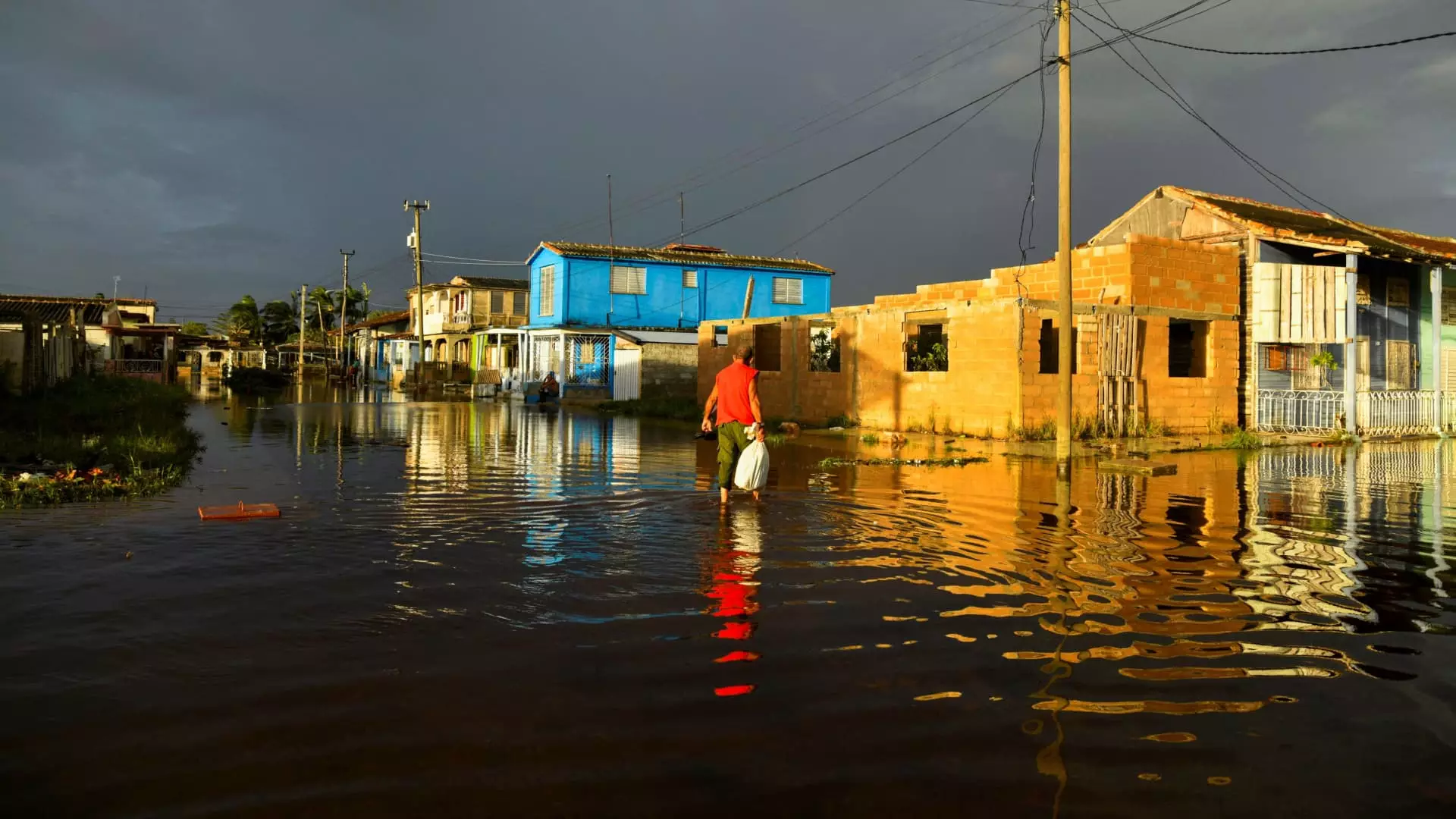Hurricane Rafael has emerged as a significant weather system in the Gulf of Mexico, marking its presence as the first substantial hurricane in November in almost four decades. Its emergence brings to light the shifting patterns of hurricane activity, especially during times we typically associate with the end of the season. On Friday morning, Rafael was reported moving westward, bringing with it severe weather implications for the United States’ southern coastline. The relevance of such a storm cannot be overstated, as it poses life-threatening conditions to communities far and wide.
As of the latest update from the National Hurricane Center, Rafael was positioned approximately 585 miles east of the Rio Grande, showcasing sustained winds of 120 mph, classifying it as a Category 3 hurricane. This level of intensity is particularly alarming given the rarity of November hurricanes in the Gulf, especially those ranked as high as Rafael. Furthermore, its forward momentum at about 9 mph suggests that affected areas may face persistent winds and relentless surf conditions. The threat of rip currents and hazardous surf extends across the Gulf region, necessitating vigilant precautions from residents in coastal areas.
Cuba has already felt the harsh impacts of Rafael. The storm caused extensive damage, leading to widespread power outages affecting millions. With winds reaching speeds of 115 mph, the storm dismantled key infrastructure, knocking down multiple electricity towers and causing a complete blackout for many. Reports indicate that over 283,000 people were evacuated, with the capital, Havana, witnessing the highest numbers. The densely populated city, with its aging structures, presented a heightened risk during the storm. The government has been scrambling to restore power, though many areas remain powerless and in turmoil, echoing the distressing voices of residents navigating the challenges of energy shortages and storm recovery.
Community Resilience and Responses
In the face of adversity, community solidarity has manifested dramatically in Cuba. With local hotels offering power to residents seeking refuge from the blackout, the act highlights resilience and the human spirit amid despair. Residents like Mario de la Rosa Negrin encapsulate the harrowing experience of living through multiple crises—one born of natural disaster and another stemming from systemic issues within the energy grid. Such solidarity showcases not only community strength but a desperate desire to reconnect with the lifelines of communication and comfort in dire times.
Hurricane Rafael serves as a stark reminder of the evolving nature of climate phenomena and their repercussions on vulnerable regions. While it is anticipated that the storm will weaken over the weekend, its legacy as one of the few hurricanes to be recorded in November—and one that has inflicted such widespread damage—will leave lasting implications. With the 17th named storm of the current season, it raises questions about future storm trends and the necessity for heightened preparedness among coastal communities. As we observe Rafael’s effects rippling through the Caribbean and the Gulf region, the conversation around climate resilience and infrastructure vulnerability is more pressing than ever.



Leave a Reply